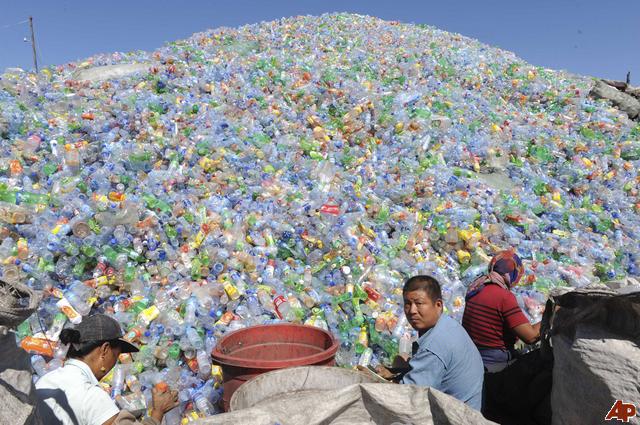Ways to help the environment
While this material can be useful, plastic pollution is the leading type of discarded material. Invented in 1907 by Leo Baekeland in New York, He developed the process to make plastic for the masses, then in 1947 the plastic bottle made it’s debut.
1. The obvious one – There is a lot of it.
According to a study by the Ocean Conservatory in 2015, plastic bags came in second to discarded cigarette butts as the most-identified type of refuse aka TRASH.
2. Rampant waste.
Items like plastic packaging, bags and bottles are thrown away every day, and end up in trash sites as well as in forests, creeks, rivers, seas, and oceans around the world. While some of these items are recycled, the growth of plastic consumption and its improper disposal currently outpace efforts to recycle and produce post-consumer plastic materials.
“We live in a very plastic world.”
3. Doesn’t break down.
Plastic is not biodegradable, but photodegradable. And in reality, most plastic does not ever disappear, but becomes long-lasting “plastic dust”. When items like plastic bags break down, they readily soak up (and release) toxins that then contaminate soil and water, as well as harming animals that ingest plastic fragments. And there’s no winning: producing recycled materials uses copious amounts of energy. A better solution would be to reduce use of plastics altogether, but they are not. Consider the increased demand for nail polish that use micro plastics, adding texture
4. Danger to aquatic life.
Every square mile of ocean has 46,000 pieces of plastic floating in it. That is why over a million sea birds, whales, seals, dolphins, sea turtles, and so on die from plastic debris that ends up in our oceans and seas. 100,000 sharks are also part of the death toll. As a heartbreaking video of Midway shows us, plastic ends up inside these animals (especially birds), which can lead to their deaths. The impact of plastic pollution in our oceans and ecosystems creates chaos for the environment.

5. Toxin carriers.
In addition to not breaking down fast, plastic materials also break down dangerously. A lot of plastic already contains toxins, such as phthalates, BPA and flame retardants. And as plastic breaks down, it can absorb many dangerous toxins more easily, such as damaging pesticides like DDT, PCB and PAH.
6. Sustaining the petroleum industry.
The production of plastic for the U.S. alone uses 331 billion barrels of petroleum, equal to 5 percent of the national consumption of petroleum. Petroleum production and its use plays a harmful role in polluting the environment, as its use contaminates the water and air.

There are so many ways to help reduce the impact of plastic on the environment. By reducing our use with reusable bags at grocery stores, or using mugs or travel tumblers for our next to-go cup of coffee, we can greatly reduce our every day use of disposed plastic products. We can also take it to the next level, by engaging with our communities to clean up our local environment, as well as pressuring local governments to ban or tax the use of plastic bags. Ireland reduced its plastic bag use by 90% by introducing at 37 cent tax!
